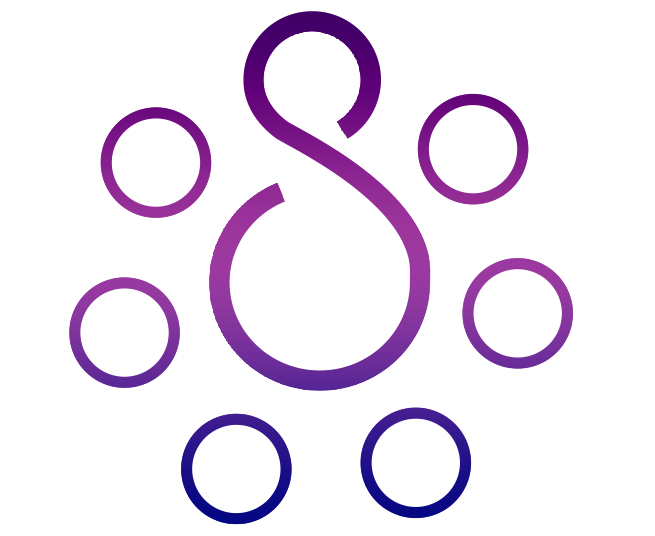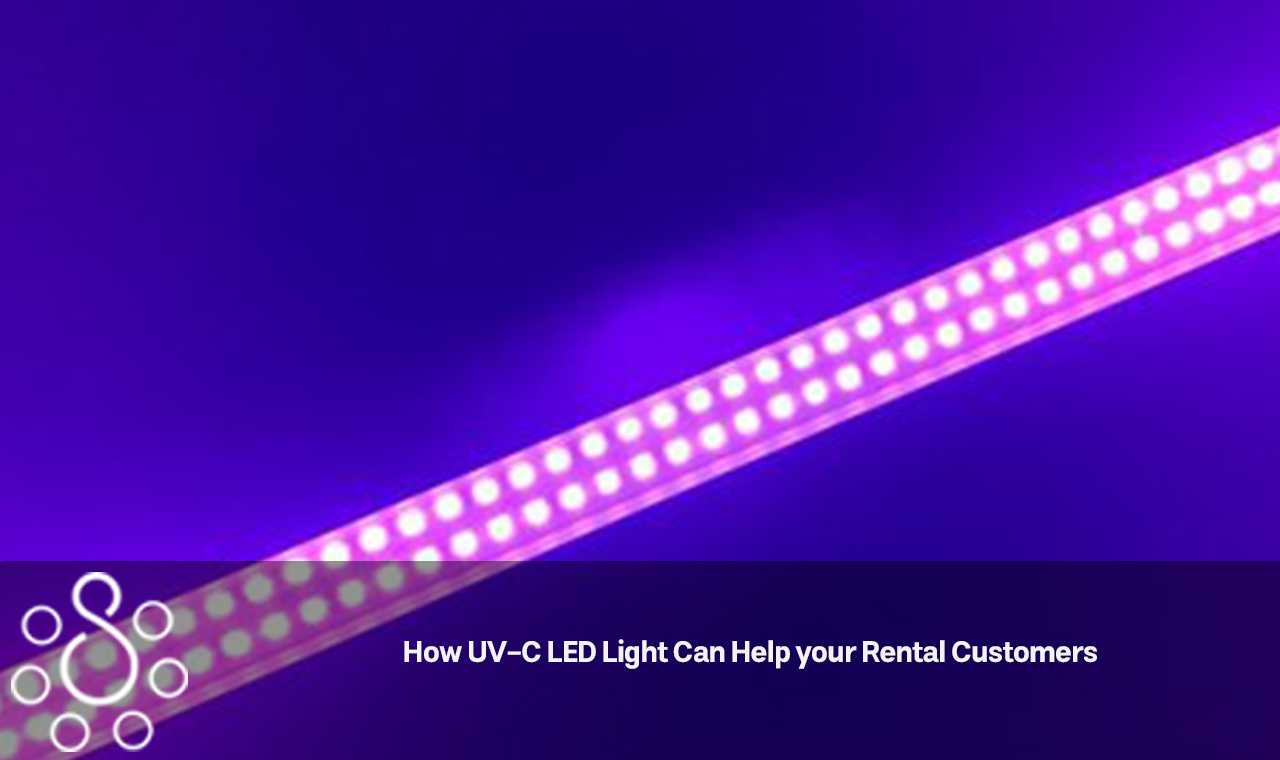Ultraviolet (UV-C) LED light is a chemicalless, low-touch disinfection method that may be used to disinfect everything that can be reached by the ultraviolet light. With the introduction of COVID-19, it is now possible to disinfect a wide range of objects, such as tools and equipment, locations and rooms, personal protective equipment, and so on. It is certain that this global disease has affected the manner in which the world conducts its economic affairs. While some firms are failing, others are thriving as a consequence of using cutting-edge technologies in their operations. As a result of the fact that it is a generally recognized and straightforward method of eliminating viruses and germs, a UV-C LED lighting solution may be able to assist you in getting back your former UV rental customers. Aside from that, renting out your UV-C LED lights to customers who are looking for a virus-killing option for their operations and events will allow you to create cash for your rental institution.
As the economy continues to improve, customers are becoming more cautious about disclosing their personal information to others. That sort of thinking is bad for the bottom line of any company, but it is especially destructive to the rental equipment sector. It is critical that clients and members of the general public be aware of your facility’s safe and fully implemented disinfection measures before making the decision to come to your facility for space rental services. In the continuation of this article, we are going to explain about UV rental customers. Follow us.
What exactly is UV-C?
UV-C light is a kind of ultraviolet light that is visible in the visible spectrum of the electromagnetic spectrum. However, despite the fact that ultraviolet light is not visible to the naked eye, while living on the planet, people are continually exposed to small amounts of UV radiation from the sun’s rays, which may be harmful. Generally speaking, ultraviolet light may be divided into three types: ultraviolet A (UV-A), ultraviolet B (UV-B), and ultraviolet C (UVC). After reaching the Earth’s atmosphere, ultraviolet-A and ultraviolet-B photons are responsible for the formation of suntans and sunburns. When compared to visible light, ultraviolet C is far more potent. Although the ozone layer prevents short-wavelength ultraviolet radiation from reaching the globe, it is feasible to reproduce the light on the planet using other methods. When applied to microorganisms, it is this sort of wavelength that permits UV-C light to enter and permeate the RNA cells, causing damage to the nucleic acids that are housed inside these cells. As a consequence, microorganisms such as bacteria and viruses are made latent and incapable of reproducing.
Note that ultraviolet C (UV-C) radiation may be very harmful to humans if they are exposed to it. Similarly, the same wavelength that can travel through the RNA of bacteria may also be capable of passing through the DNA of humans. In order to prevent damage or death when working with UV-C light, it is vital that you adhere to all safety protocols. When it comes to decontaminating anything that can be reached by ultraviolet light, UV-C LED light is a chemical-free, low-touch solution that is effective. This product has been used in hospital rooms for decades to clean the atmosphere between patients and has been around for quite some time. The COVID-19 disinfectant is presently being used to disinfect a variety of products in the field of personal protective equipment (PPE) and other places and things. Consumers and business owners alike have found UV-C LED lighting to be a lifesaver in recent years. Although it was a method that was mostly unknown outside of the healthcare sector before the pandemic, instruction was required in order to understand how to use it properly after the epidemic. So, renting a UV-C LED as an effective method can convey accurate training information to their UV rental customers.
Related Article: Is UV Sanitizer Safe? Things You Need to Know

LEDs vs. incandescent bulbs
We must address the question of whether LED lighting is superior to conventional bulb-based lighting. This is a critical question. The effectiveness of LED light beats that of bulb-based light by a significant margin when it comes to the UV spectrum. It is possible that UV-C lights might pose a significant health danger, which is one of the fundamental reasons why LED technology is preferable. They contain mercury, and so, when the glass breaks, contaminants are discharged into the surrounding environment. Because UV light is invisible, as previously mentioned, the blue glow associated with UV-C light is the consequence of ionized Mercury getting ionized, which causes the blue glow to appear. If you compare LEDs to fluorescent lights, which contain mercury, LEDs are far safer and more ecologically friendly than fluorescent lights. Furthermore, as compared to bulb-based technology, UV-C LED light has a higher power while leaving a smaller carbon footprint (similar to visible LED light versus bulb-based light).
They can be switched on and off instantly, without any delay; they use a fraction of the energy used by incandescent bulbs; and they provide a brighter, more direct light output than incandescent bulbs. LEDs are also less expensive than incandescent bulbs. In addition, and perhaps most importantly, UV-C LED technology has a far longer life expectancy than bulb-based technology. These can be advantages for UV rental customers.
Related Article: What Sanitizer Is Best For You? Differences in UV Sanitizer Explained

UV-C in the Rental Industry for UV rental customers
It is vital to apply UV-C decontamination technologies in order to regain the trust of customers. Since it is so easy for employees or strangers to share rental equipment or construction tools, it is imperative that these items be fully decontaminated before being used again. Using the results of a study conducted by Haddad et al. (2017), the researchers assessed the effectiveness of combining hand washing processes with UV-C light exposure.
According to their findings, employing UV-C light in combination with standard cleaning processes effectively eradicated 70% more germs than just using manual cleaning methods on their own did. As an example, an old sea container that has been modified with UV-C LED lights that are fastened to the inner walls of the container is often used for UV-C decontamination applications. Once you’ve assembled a few pieces of equipment, position them in the middle of the container and illuminate them with UV-C LED lights to complete the process. The next section provides an example of how the setup should be done.
Related Article: Why We Need UV-C Disinfection

Another common alternative is the installation of UV-C lamps throughout the rental showroom, with the lights configured to turn on and off at certain times during the day. This allows for decontamination of the equipment at the end of the day, after everyone has left the facility. This method is often used when dealing with large areas or territories. In the United States and Canada, there are a great number of UV-C lighting manufacturers that provide their UV rentalcustomers with assistance with the installation of UV-C lighting. They assist customers in calculating their space and time needs and then advise them on how to properly buy and set up UV-C lamps in order to disinfect their area to the maximum degree feasible.
For their statements concerning UV-C exposure and decontamination periods, the manufacturers depend on scientific research to back up their assertions. As you may be aware, there are many different types of UV-C lamps available today. However, it is vital that the UV-C lamp you choose is backed up by scientific research and data-driven resources to support the claims that they make. Unless properly understood and handled, ultraviolet C may be a hazardous and even ineffective device if it is not properly understood and applied.
Related Article: Does UV light kill viruses and germs?
UV-C as a tool for short-term rental
Facilities that rent out rental equipment may utilize UV-C light for disinfection on their own grounds, but it may also be used to rent out rental equipment to clients who are located outside the facility. A significant proportion of people would want to see greater decontamination methods implemented, especially as UV rentalcustomers continue to reopen businesses and host larger events… These measurements are comparable to those used in your firm, and your customers may be familiar with them as a result of their interactions with you. There are a range of tools that you can use to ensure that you are protected and are not held liable for any mishaps that may be caused by UV-C equipment, just as there are a variety of other instruments that you can employ to complete your project.
Including wording in your rental contracts that requires clients to recognize and accept any risks related to UVC lighting is one approach to doing this. The establishment of UV-C education websites and handouts that explain how to use the light as well as all of the precautions that are associated with it is feasible at your institution’s discretion. Additional training of staff on UV-C decontamination techniques so that they can better advise customers on what UV-C light is and how to use it is a fantastic strategy to ensure that the right information is passed along to the public. A terrific asset, UV-C LED light will only increase in popularity and availability as the world’s population continues to get older. To be on the cutting edge of a product that will inevitably become a part of the new world is a risk that is difficult to justify… When utilized in combination with well-established and safe cleaning procedures, UV-C LED light has the potential to attract your UV rental customers back to you and to become a valuable asset to your fleet.

